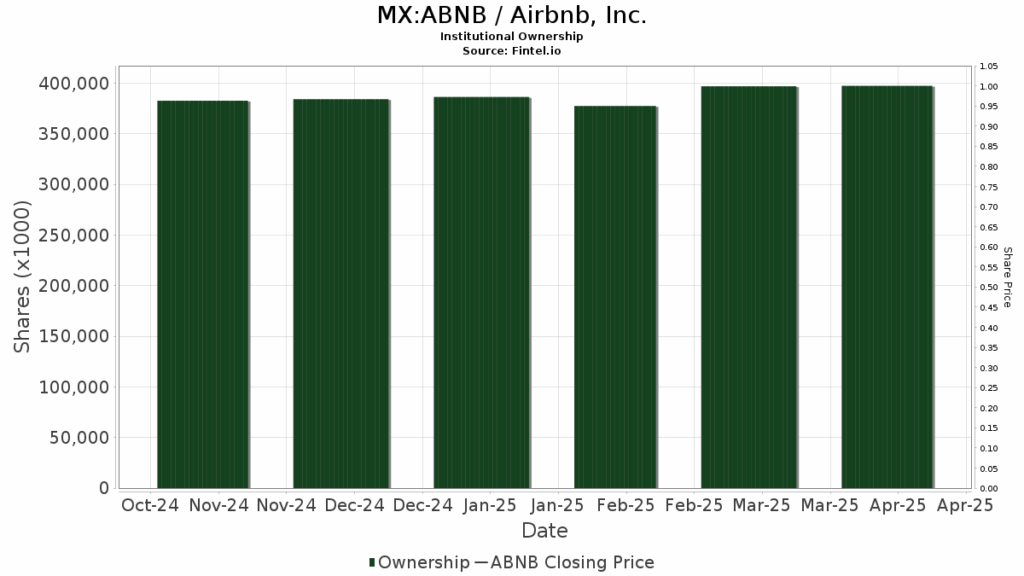Investing Strategies Amid Semiconductor Market Changes
This year, many semiconductor stocks have seen a downturn, impacted by President Donald Trump’s tariffs, ongoing trade wars, and fears of a recession. Despite these challenges, this pullback has created promising buying opportunities for investors anticipating continued long-term growth in the semiconductor sector.
In this article, we will examine three noteworthy stocks: TSMC (NYSE: TSM), ASML (NASDAQ: ASML), and Arm Holdings (NASDAQ: ARM). Each of these companies plays a vital role in the chipmaking industry, likely to thrive as the cloud and artificial intelligence (AI) markets expand, pushing top chipmakers toward more advanced chip production.
1. TSMC: The Leading Contract Chipmaker
TSMC is the world’s largest and most advanced contract chipmaker. Major players like Nvidia, AMD, Qualcomm, and Apple rely on TSMC’s foundries for their smallest and most efficient chips. Although Samsung and Intel are key competitors, they have not reached TSMC’s level of design density and size.
In its latest quarter, TSMC reported that 59% of its revenue came from the high-performance computing (HPC) market, which includes Nvidia’s AI graphics processing units (GPUs), while 28% originated from the smartphone sector. This robust performance in HPC is helping to offset the fluctuations seen in the smartphone market.
Regarding technology, TSMC attributed 58% of its revenue to its cutting-edge 5-nanometer (nm) and 3nm nodes during this quarter, with plans to increase production of its 2nm chips in the latter half of the year.
As a critical player in the semiconductor space, TSMC is an accessible option for investors looking to tap into the market’s long-term potential. While its focus on advanced chip production in Taiwan does raise geopolitical risks, the company has been diversifying its manufacturing presence across the U.S., Europe, and even mainland China.
From 2024 to 2027, analysts predict that TSMC will see its revenue and earnings per share (EPS) grow at compound annual growth rates (CAGR) of 21% and 22%, respectively. The stock is currently valued at 15 times forward earnings, appearing reasonably priced relative to its growth prospects, which could enhance its valuation once the semiconductor market stabilizes.
2. ASML: A Leader in Lithography Technology
ASML stands out as the largest manufacturer of lithography systems, essential for etching circuit patterns onto silicon wafers. It is the sole producer of extreme ultraviolet (EUV) lithography systems, heavily utilized by TSMC, Samsung, and Intel for their most advanced chip fabrication.
ASML’s current-generation low-NA EUV systems can produce chips as diminutive as 2nm. The company’s upcoming high-NA EUV systems are designed for even more advanced chip production.
ASML’s commanding position in this critical technology provides it notable pricing power and a robust competitive edge. The low-NA EUV systems are valued at approximately $180 million each, while the high-NA systems reach around $380 million. Given their complexity, these systems require substantial logistics and on-site assembly at the foundries.
While ASML experienced slower growth in 2024, attributed to export restrictions against China and uneven spending from foundries, it remains a key player. From 2024 to 2027, analysts expect the company’s revenue and EPS to achieve CAGRs of 12% and 19%, respectively. Valued at 25 times forward earnings, ASML is well positioned to grow alongside the semiconductor industry’s demand for increasingly advanced chips.
3. Arm Holdings: Innovating Power-Efficient Designs
Arm specializes in designing power-efficient CPUs that consume less energy than Intel and AMD’s x86 processors. This focus on energy efficiency makes Arm CPUs ideal for smartphones, tablets, IoT devices, and even some notebook computers and servers.
Arm’s designs are licensed to prominent mobile chipmakers, including Qualcomm, MediaTek, and Apple. Presently, Arm’s chip designs are found in roughly 99% of global smartphones, with a notable uptick attributed to demand for its AI-optimized Armv9 designs.
Initially, Arm did not produce its own chips, but it announced plans to develop first-party chips and outsource production to TSMC this year. This change could position Arm as a competitor to its clients while potentially reducing costs due to the absence of licensing fees. Moreover, its brand recognition could enhance its appeal over third-party chips among original equipment manufacturers (OEMs).
From fiscal year 2024, analysts forecast that Arm’s revenue will grow at a CAGR of 23%, with EPS projected to rise 81% over the same period. Although it is priced at 55 times forward adjusted earnings, the company has significant room for growth as more firms prioritize energy-efficient designs.
Investment Considerations for TSMC
Before investing in TSMC, consider this:
An investment analysis team has highlighted the top ten stocks to consider, which does not include Taiwan Semiconductor Manufacturing. The selected stocks have strong potential for substantial returns in the coming years.
For instance, if you had invested $1,000 in Netflix on December 17, 2004, it would now be worth an impressive $623,685. Similarly, a $1,000 investment in Nvidia on April 15, 2005, would have grown to $701,781.*
While it is noteworthy that the average return of one analysis service is 906%, overshadowing the S&P 500’s 164%, investing in stocks requires careful consideration of future possibilities.
Leo Sun holds positions in ASML and Apple. The analysis team has positions in and recommends ASML, AMD, Apple, Intel, Nvidia, Qualcomm, and TSMC. Options recommended include short selling May 2025 $30 calls on Intel. A disclosure policy is in place for all investments.
The views and opinions expressed herein are those of the author and do not necessarily reflect those of Nasdaq, Inc.


